5 Reasons Self-Directed IRAs Might Not Be for You

Estimated reading time: 5 minutes
A self-directed IRA (SDIRA) can be a powerful tool for the experienced investor who’s comfortable with a more hands-on approach.
With an SDIRA, you have the opportunity to take greater control of your retirement funds. You can explore a broader range of tax-preferred investment options, diversify your portfolio, and potentially enhance your wealth-building strategies.
That said, these investment accounts certainly aren’t for everyone.
5 Reasons an SDIRA May Not Be For You
1. You’re Brand New to Investing
SDIRAs are not for entry-level investors. Despite the numerous perks of self-direction, the complexity innate to SDIRAs is likely to overwhelm anyone lacking investment experience. SDIRAs require investment not only in the way of capital, but of skills and time as well.
You will need to conduct research, monitor your investments, and make decisions based on market conditions. For someone with limited experience, this level of hands-on management can be time-consuming and may divert attention from other important aspects of your financial life.
2. You Have Minimal Existing Retirement Funds
If your existing retirement funds are limited, you may find it difficult to make the most of an SDIRA. These accounts have relatively low annual contribution limits. So, most SDIRA investors fund their account with a transfer or rollover from a sizable existing IRA, 401(k), or 403(b) account.
Additionally, two of the most sought-after alternative asset classes within SDIRAs — real estate and private equity — often demand a substantial initial investment of capital. Achieving true portfolio diversification requires a larger amount of funds to unlock the full potential of your account.
3. You’re Looking for a Set-and-Forget Investment
If your goal is to be a passive investor, an SDIRA is the opposite of what you want. Managing a self-directed IRA requires active engagement with the investment process, and continuous research to boot.
Unlike other retirement fund providers that may select investments for you, an SDIRA administrator does nothing without an account-holder’s direction — hence the term, “self-directed.” The SDIRA provider’s functions are limited to executing approved transactions, tax reporting, and recordkeeping — everything else is up to the account holder.
4. Your Financial Goals are Short-Term
Most SDIRA investors are in it for the long haul.
If your financial objectives are geared towards short-term gains and the ability to swiftly liquidate assets, alternative assets are not for you. The liquidity of alternative assets varies widely; most are not easily offloaded over a lunch break.
5. You’re Fairly Conservative
If there were no risk, there would be no reward.
SDIRAs often involve alternative assets with varying levels of risk. If you are risk-averse and uncomfortable with the idea of taking on additional risk for potential returns, a traditional target-date retirement fund through a 401(k) or IRA may be a better fit.
5 Reasons an SDIRA Might Be For You
If most of the above points apply to you, an SDIRA likely isn’t your best option (right now).
However, read on if you are interested in learning about the characteristics commonly associated with successful SDIRA investors.
1. You Have Applicable Expertise
The public markets have been vetted and combed through by thousands of financial experts. Finding a hidden gem through your 401(k) plan is virtually impossible. However, self-direction affords access to local and private markets. In these environments, a diamond in the rough may be waiting to be found by someone with a keen eye.
Suppose you have a background in residential real estate. You can use your SDIRA to invest in rental properties, leveraging your understanding of market trends, property valuation, and tenant management. If you’re able to identify properties in up-and-coming neighborhoods or consistently transform fixer-uppers into coveted homes, you may be able to achieve significantly greater returns than those found in the public markets.
2. You’re Seeking True Diversification
With the ability to invest in alternative assets, SDIRAs enable you to achieve true portfolio diversification. Instead of being solely dependent on the performance of traditional stocks and bonds, you can allocate funds to assets that may have low correlation with the broader market, potentially reducing overall portfolio risk.
3. You Want to Make a Positive Impact with Your Portfolio
One of the most meaningful aspects of self-direction is the ability to make a direct impact on the world with your portfolio.
SDIRAs allow you to invest in local projects and businesses, contributing directly to the growth and development of your community. This can include supporting local startups, real estate developments, or small businesses that align with your values and community goals.
Plus, you have the flexibility to choose investments that resonate with your personal interests. Whether it's renewable energy, sustainable initiatives, or other projects that align with your values, SDIRAs empower you to invest in areas that are meaningful to you.
4. You’re Seeking Higher Returns
Alternative investments within an SDIRA may present unique opportunities that are not readily available in traditional retirement accounts. For example, investing in private companies, startups, or hedge funds can provide access to investments with high growth potential that may not be accessible through a 401(k) plan.
5. You Want To Reduce Your Tax Liability
First things first, an SDIRA will not grant you additional tax advantages over those afforded by your existing IRA, 401(k), 403(b) plan.
However, if you’re already invested in alternative assets like real estate, private equity, or precious metals, an SDIRA could become a powerful tool for tax reduction. Holding alternative assets within an SDIRA allows you to potentially benefit from substantial capital appreciation, diversification, and tax advantages, including tax-deferred or tax-free growth.
Although you can't transfer existing assets into your SDIRA, you can purchase new assets with your tax-preferred funds. The process is simple:
- Open an account
- Fund it through a transfer, rollover, or contribution
- Use your tax-preferred funds to purchase alternative assets
That’s all there is to it.
By adhering to IRS rules, you can retain the tax-preferred status of your funds. This has the potential to significantly decrease your overall tax bill, allowing each dollar to stretch a little farther.
Find Out if an SDIRA Is Right For You
As the originators of self-directed investing, it’s no secret that we feel pretty strongly about the benefits of SDIRAs.
That said, after over four decades of experience pioneering the field, our stance is crystal clear — SDIRAs aren't a one-size-fits-all solution.
If your funds, time, or investing experience are limited, you likely won’t make the most of an SDIRA. Instead, you should consider contributing to a 401(k) or IRA to maximize your tax advantages while building wealth over time.
On the other hand, what if you are already an experienced investor? What if you truly enjoy taking an active role in the investment process, possess applicable expertise, and value diversification?
Well, an SDIRA could be right up your alley.
Consider talking to an SDIRA expert. While we cannot provide financial or investment advice, you can ask more in-depth questions about self-direction tailored to your unique situation.
And even if an SDIRA doesn’t suit your goals right now, your situation may look quite different a few years down the line.
If you’re interested in learning more about SDIRAs, download our SDIRA Basics Guide. Inside, we’ve included a brief overview of the IRS rules you need to be aware of and a simple three-step guide to self-directing your retirement funds.






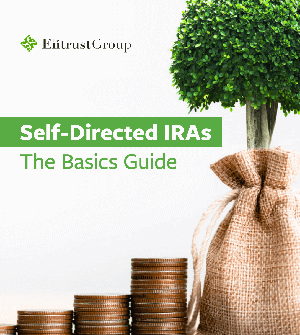






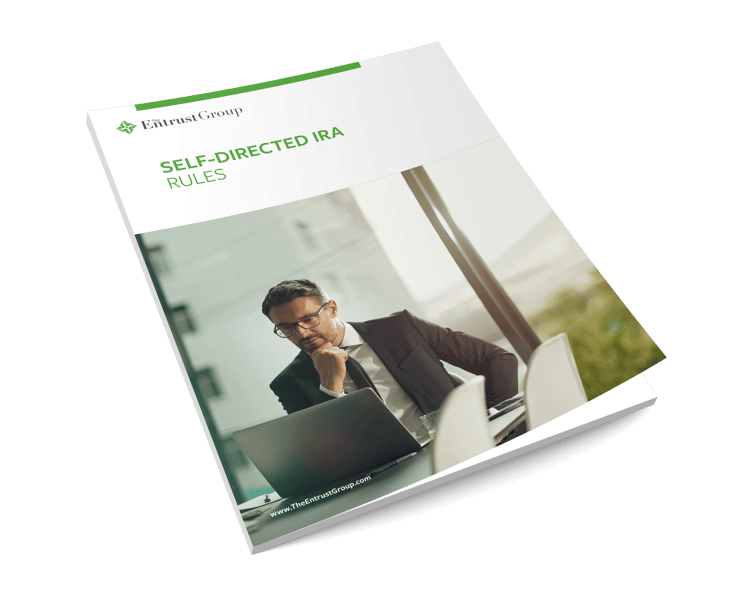
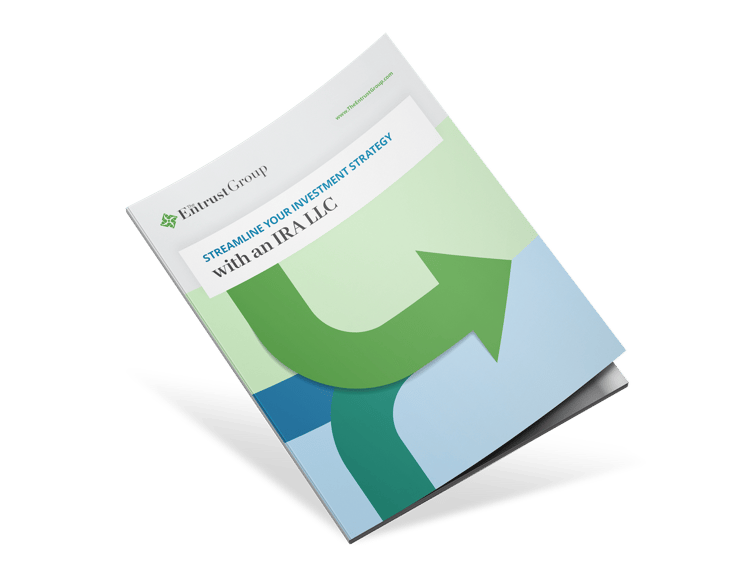

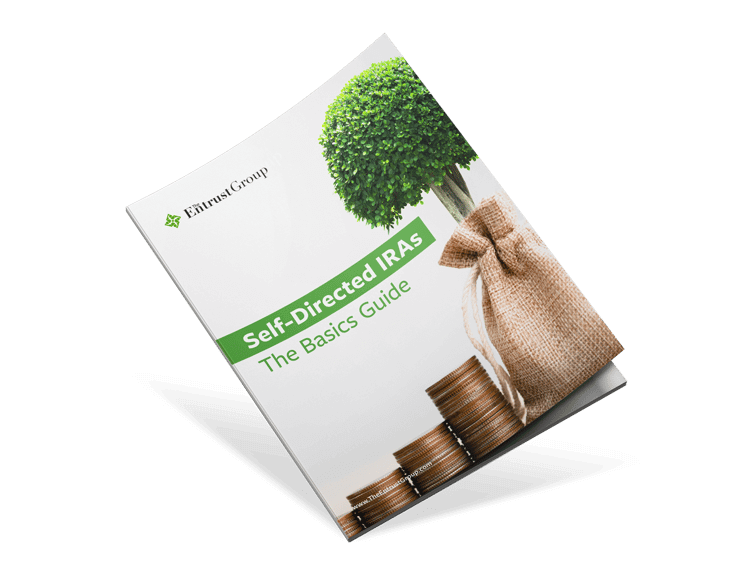


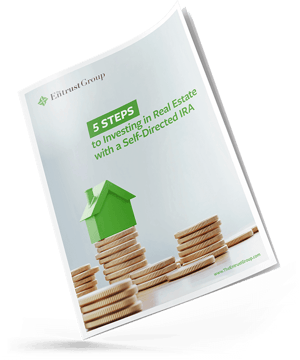




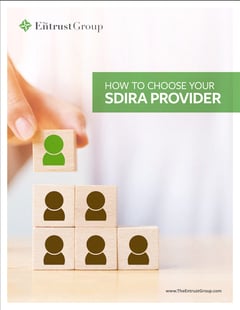
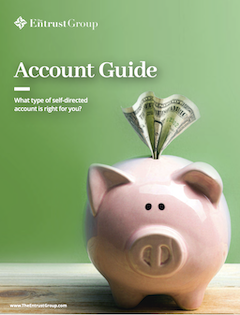
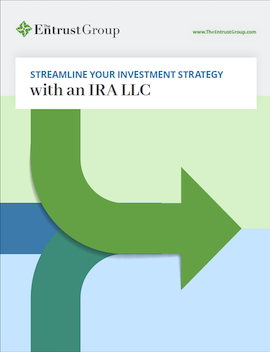

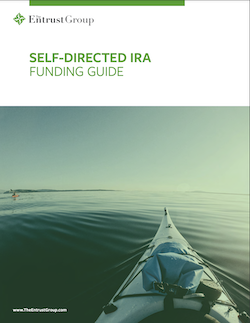

0 Comment